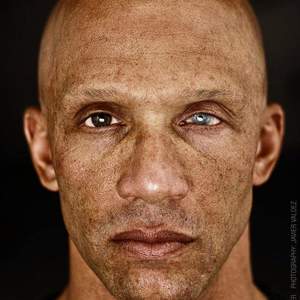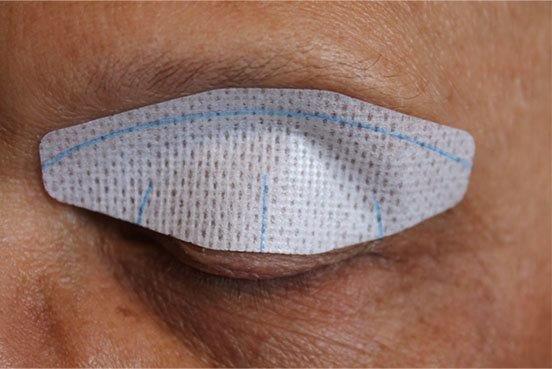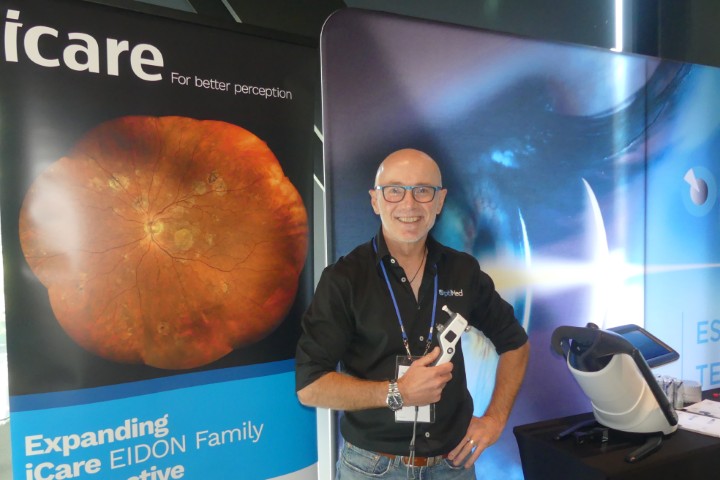Better solution for eyelid closure
The Tarsus Eyelid Patch, designed by US startup Nictavi for effective and comfortable eye closure, is now available in New Zealand.
The patch was developed by Nictavi founder and CEO, Nathan Horner, an inventor with personal experience of requiring eyelid closure during 20 years of eye surgeries. “The Tarsus Eyelid Patch is the ultimate human-centred design product," said Horner. "Having 16 years of knowledge and experience with materials and adhesives from my former day job at a graphics printing company was of unique benefit in the process.” Standard treatments available range from medical tape to surgical tarsorrhaphies and eyelid weights, which have not generally been well tolerated by patients, he said.

California-based Nathan Horner, whose repeated surgeries on his left eye led him to develop the new Tarsus Eyelid Patch
The Tarsus Patch has an elongated octagon shape and is made of breathable medical materials. Its gentle yet strong adhesive holds fast on the sensitive eyelid skin and is removed without irritation or residue, said Horner. “It is comfortable and effective to wear for long periods of time and during sleep to achieve eye closure in addressing nocturnal lagophthalmos and aid in the prevention of corneal defects or damage.”
A study by the Roski Eye Institute, University of Southern California, found the patch to be an effective method of eyelid closure for managing lagophthalmos in children and adolescents. It was also rated more favourably by parents for its comfort, ease of use and effectiveness over other eyelid closure methods. Oculoplastic and orbital surgeon Dr Daphna Landau from the Goldschleger Eye Institute at the Sheba Medical Centre, Israel, said she received positive feedback from patients when using the Tarsus Eyelid Patch to manage lagophthalmos. “It is a high-quality, well-designed product that can aid patients such as those with facial nerve palsy who commonly use plasters to close their eyes during sleep.”


























